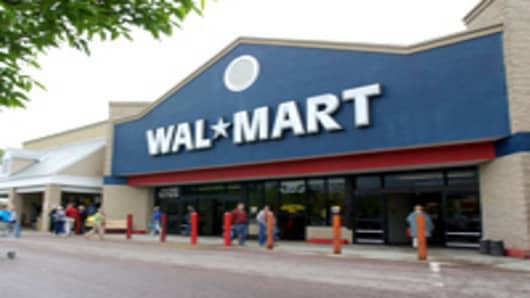Bloodletting was the term one source used. Bad and weak were the most common and perhaps the most descriptive term was anemic. I am referring, of course, to September's same store sales results. Wall street knew that September's sales would be soft but what the Street didn't know was how widespread the results would be.
Here's what we know: Americans are shopping less: mall traffic is down 3-4% year to date according to Telsey Advisory. We are now in the type of environment where success is dependent on strong management, tight inventory and getting shoppers excited to spend. That's what separated the good from ugly same store sales results. Wal-Mart and Nordstrom are the two store stories that I found most interesting.
That's the story at Wal-Mart. The retailer saw a weak sales gain of 1.4% but they raised their Q3 outlook. How? They're controlling margins, marking down prices and betting on that to boost sales and earnings to 66-69 cents per share.
On the high end, September saw less shopping at Nordstrom which posted a weak 3.1% comp and lowered Q3 expectations by a dime. Why? Department stores got stuck with excess inventory. They blamed warmer than expected weather with keeping fall clothes from selling. JP Morgan reports 60-70% of sales weakness in apparel is due to weather.
What can we expect in months ahead? Let's see if the cooler weather sets in and boosts sales of cold weather items. If the markdowns are implemented and people STILL aren't buying clothes, that could be a sign of a consumer in trouble. For now, it appears he/she just slowing down.
Looking at the holiday we do see a potential positive boost from stock market gains and gas is 15% lower than last year and employment is holding strong.
Questions? Comments? retaildetail@cnbc.com


